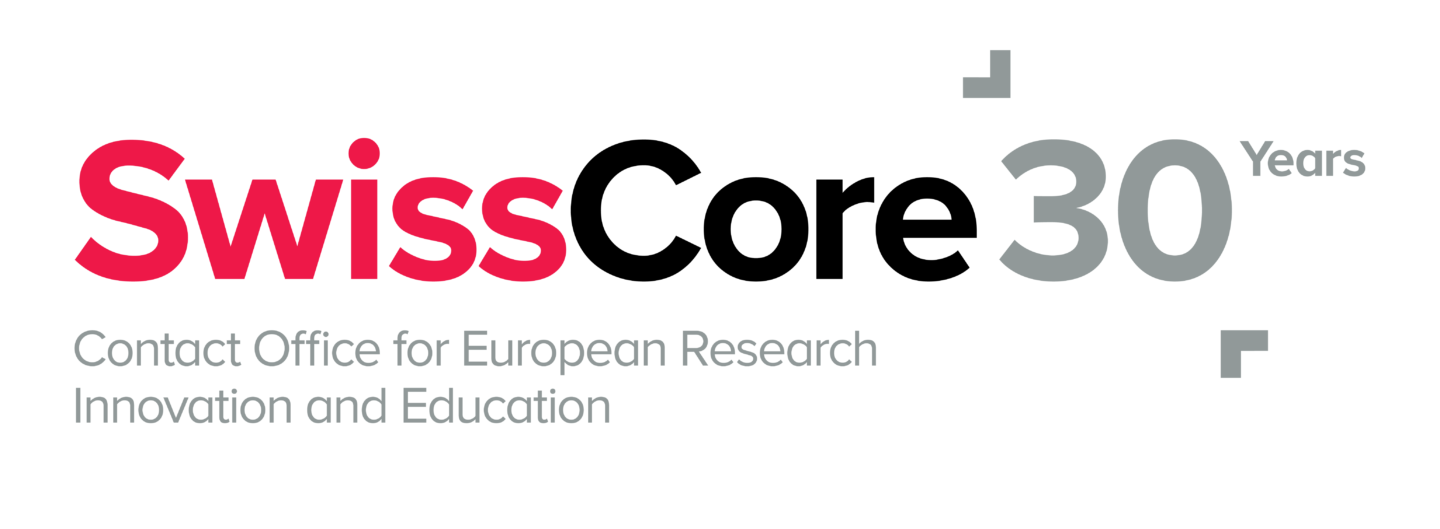A report on newcomers’ participation in Horizon 2020, and the first evidence from Horizon Europe, provides insights for future programme participation.
On 2 February 2023, the European Commission published a report on ‘Newcomers in EU R&I programmes’ that assesses the participation of newcomers in Horizon 2020 and provides initial evidence of the first full year of Horizon Europe.
According to the analysis, newcomers are defined as entities that did not receive any funding under the previous R&I programme, which is Horizon 2020 in the case of Horizon Europe, and the framework programme FP7 in the case of Horizon 2020. Participants with at least one participation if they received funding in a previous framework programme are called returning participants. For the analysis, participants were identified via their unique participant identification code (PIC).
The report indicates that 62% of the unique beneficiaries of Horizon 2020 were newcomers, but they received only 18.9% of the total available funding. This reveals that the share of EU funding received by newcomers is much lower than the share for returning participants. The reasons for this gap are linked to two main reasons: First, newcomers are involved in fewer projects as they often participate only in one funded project, while returning participants often participate in more than one project (only one-third contribute to only one project). Second, the average funding per project is lower for newcomers as they usually are over-represented among beneficiaries that receive only up to EUR 50’000.
In the EU-13 countries, newcomers received 31.7% of the share of funding, while in the EU-15 Member States, only 17.5% of funding went to newcomers. In the case of associated countries, 22.6% of funding was destined to newcomers. Regarding non-associated third countries, it is essential to indicate that only some of the Horizon 2020 programme parts allowed paying EU funding towards entities of third countries, and that it was mainly to contribute towards global development challenges, especially in the fight against infectious diseases, and the ERC Synergy Grants. Even if the funding was small, newcomers’ participation of third countries was relatively high with 40.9% of the share of funding that was overall spent in third countries.
There are two categories for the type of organisation contributing: i. research institutions (higher education establishments and research centres) and ii. private sector entities. The report shows that many of the newcomers are private for-profit enterprises, mainly small and medium enterprises (SMEs) (50.3% in Horizon 2020), but fewer are education and research institutions. However, Member States that joined the EU after 2004 are an exception as newcomers are well represented in both categories.
When it comes to the share of funding in Horizon 2020, 19.1% of newcomers were single beneficiaries and 18.8% were multiple beneficiaries. Overall, newcomers were well represented in actions supporting industry partners, especially SMEs, and less in funding schemes mainly targeted to research organisations. Newcomers were prominently represented in innovation actions (IA) with lower technological readiness levels (TRLs) and an important basic research element, and in Coordination and Support Actions (CSAs). In the case of joint undertakings (JUs), there was a high degree of continuity between participants in EU partnerships. 53.1% of the funding for JUs in Horizon 2020 went to entities that already participated in the predecessor of the same JU, and 10.8% to entities that were part of a JU in FP7, but joined a different one in the next framework programme. Only 19% of the funds went to “true newcomers”, meaning entities that were not funded under any FP7 programme part, while 17.1% went to entities funded in FP7 but not in any JU. Moreover, newcomers overall participate less in the Excellence Science pillar. The reasons for this can be that these programmes mainly address research organisations, particularly the case of the ERC, and that they are normally set up for an individual researcher and not a legal entity. It is important to highlight that newcomers are not the researchers itself but their host organisations. Thus, a low share of newcomers in these programmes does not mean that the same people always receive the grants but that beneficiaries usually come from institutions that already hosted at least one beneficiary in previous framework programmes.
Furthermore, the analysis shows that the share of newcomers is usually lower in the first year of the framework programme. The proportion of newcomers then increases from the second year and continues to grow until the end. This also seems to be the case for Horizon Europe according to preliminary evidence from the first year of Horizon Europe.
The report concludes that the number of newcomers can be especially helpful as an indicator for those actions that target at widening participation, but also to activities directed to SMEs, especially start-ups, such as the EIC Accelerator. Regarding JUs, it is essential to improve the participation of underrepresented countries, especially Member States that joined the EU most recently. Finally, considering that Horizon Europe aims to deliver scientific, economic and societal impact, an increasing participation of newcomers and share of funding could contribute to reach these objects through new collaborations and new innovative ideas, increasing the uptake in society and industry.

